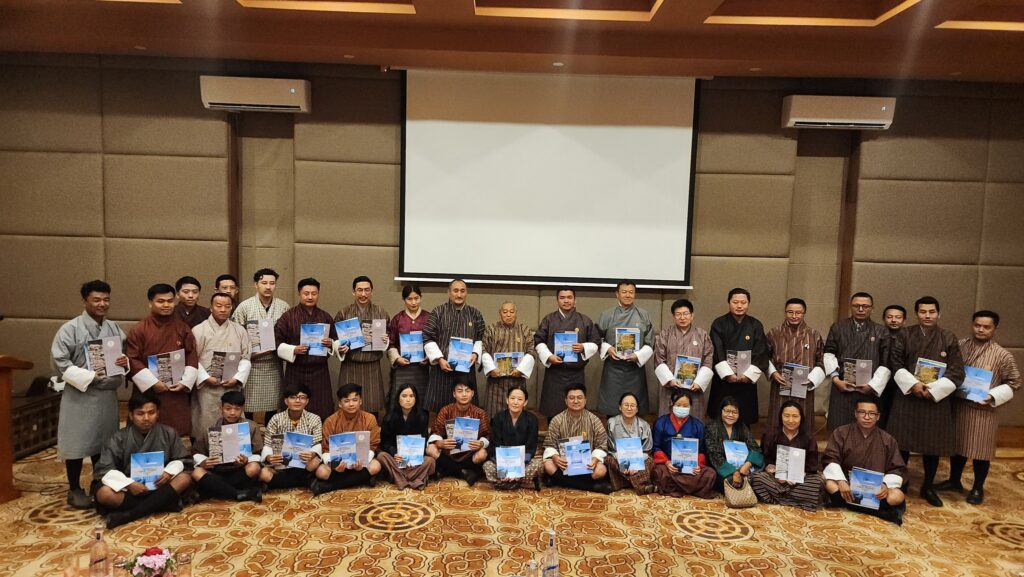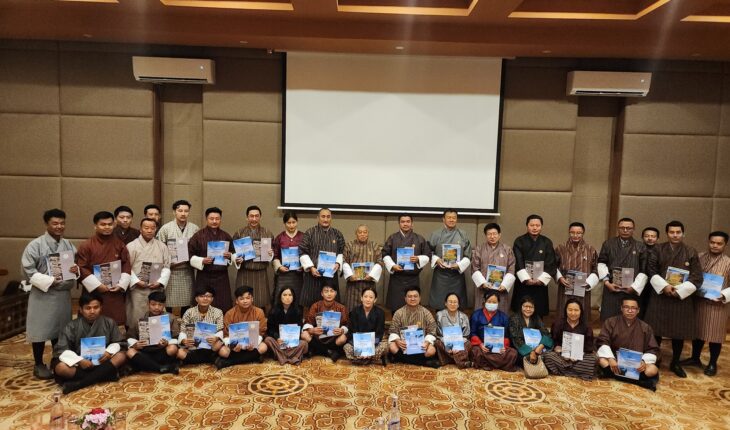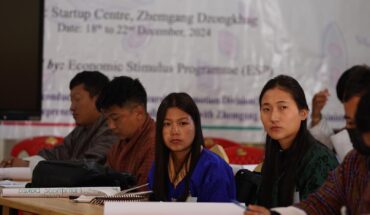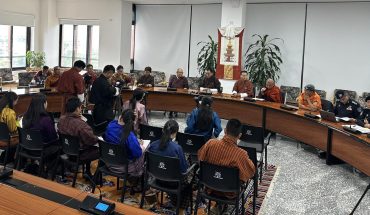
NGAWANG JAMPHEL
Thimphu
On June 30, the Bhutan Toilet Organization (BTO), in collaboration with Thimphu Thromde, successfully hosted a High-Level Advocacy Event on Urban Sanitation Facilities and Services.
The event, held at Terma Linca Resort in Thimphu, brought together key stakeholders to discuss and address the country’s urban sanitation challenges.
Graced by the Minister for Infrastructure and Transport, the event saw the participation of Members of Parliament, representatives from key ministries, civil society organizations (CSOs), private sector partners, and international development agencies.
The event aimed to create awareness, strengthen partnerships, and promote evidence-based policy development for better urban sanitation services.
The highlight of the event was the official launch of two important documents, Urban Sanitation Review and Recommendations 2025 and Public Toilet Assessment Report 2025
The Urban Sanitation Review and Recommendations 2025 outlines a strategic roadmap for building inclusive, resilient, and sustainable sanitation systems in Bhutan’s urban areas. It provides long-term planning and policy guidance to improve sanitation access, services, and infrastructure in cities and towns across the country.
The Public Toilet Assessment Report 2025 marks Bhutan’s first-ever systematic evaluation of public toilet facilities. The assessment, focused on Thimphu, examined critical aspects such as accessibility for people with disabilities, gender inclusiveness, operational sustainability, and service quality. The findings aim to guide improvements in toilet infrastructure and ensure that public toilets meet the needs of all citizens.
The event served as a platform to advocate for stronger policies and encourage action at both national and local levels. The Chief Guest, Minister for Infrastructure and Transport, highlighted the government’s continued prioritization of water and sanitation in national development planning.
“Water and sanitation have been top priorities in every five-year plan,” the minister stated. “In the 12th Five-Year Plan alone, the government invested about Nu. 2.7 billion in water supply infrastructure development across the country.”
He explained that the investment, made under the Water Flagship Program, covered infrastructure development across 20 Dzongkhags, 205 Gewogs, and 4 Thromdes. The program benefited approximately 47,000 households and an estimated 260,000 citizens, making it one of the most impactful sanitation programs in the country’s history.
The minister emphasized the importance of continued collaboration among government agencies, CSOs, and development partners to ensure that sanitation improvements reach every citizen and that no one is left behind.
The Urban Sanitation Review and Recommendations 2025 offers a comprehensive analysis of the existing sanitation systems in urban Bhutan. The document identifies gaps in infrastructure, policy, financing, and service delivery. It also proposes a roadmap for achieving universal access to safe and sustainable sanitation by integrating sanitation planning into urban development projects.
The report promotes inclusive design, climate-resilient infrastructure, and the use of innovative technologies. It also emphasizes behavior change communication and community engagement as key components of effective sanitation programs.
The Public Toilet Assessment Report 2025 is grounded in the National Public Toilet Guidelines of 2021. It provides detailed assessments of 44 public toilet facilities in Thimphu. The study evaluated multiple parameters, including cleanliness, safety, design standards, maintenance practices, and user satisfaction.
Chablop Passu, Executive Director of the Bhutan Toilet Organization, explained that the assessment was both necessary and timely.
“There are many issues and recommendations. In the assessment, there are many parameters – from simple things like the quality of tiles and doors to larger concerns like accessibility for persons with disabilities and maintenance systems” he said.
He noted that many toilets lacked proper ventilation, lighting, and water supply, while others failed to meet the standards for gender-sensitive design and inclusion of people with special needs.
Despite the challenges, the report also identified several best practices and successful models of public toilet management that could be replicated in other areas.
The High-Level Advocacy Event ended with a strong message of commitment from all sectors. Participants agreed that sanitation is not only a matter of health and hygiene but also a key component of human dignity, urban development, and national pride.
The Bhutan Toilet Organization plans to continue working with the government and partners to implement the recommendations from the two reports. Follow-up actions will include upgrading toilet infrastructure, training maintenance staff, expanding access in underserved areas, and advocating for increased budget allocation for sanitation in urban planning.
The event also highlighted the importance of public participation in maintaining clean and safe public toilet facilities. Citizens were encouraged to take ownership and responsibility in keeping shared sanitation spaces clean and functional.




